Discover 10 hidden attractions, cool sights, and unusual things to do in Whitehorse (Canada). Don't miss out on these must-see attractions: Miles Canyon Basalts, Yukon Beringia Interpretive Centre, and SS Klondike. Also, be sure to include Yukon Transportation Museum in your itinerary.
Below, you can find the list of the most amazing places you should visit in Whitehorse (Yukon).
Table of Contents
Miles Canyon Basalts
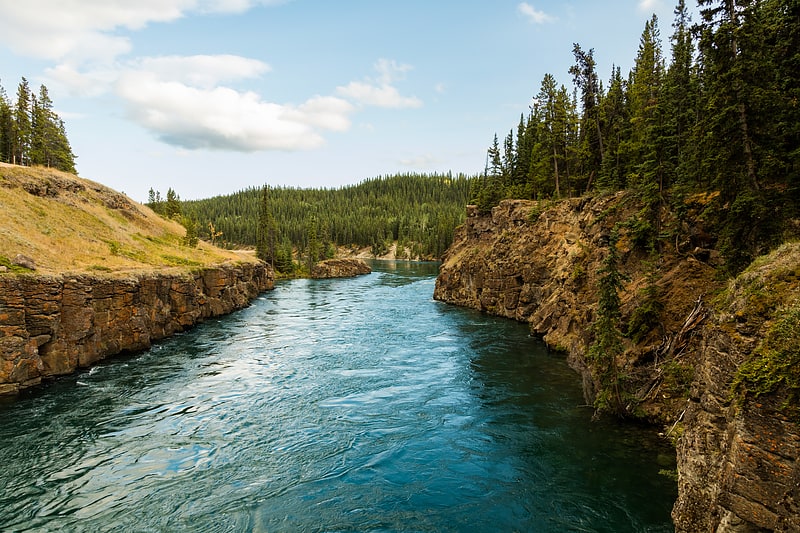
Scenic spot in Whitehorse, Canada. The Miles Canyon Basalts represent a package of rocks that include various exposures of basaltic lava flows and cones that erupted and flowed across an ancient pre-glacial landscape in south-central Yukon.
The volcanic rocks are best exposed and most easily accessible at the Miles Canyon location where the Yukon River cuts through a succession of flows south of Whitehorse. In the spring, good exposures can also be seen immediately downstream from the Yukon River hydro dam in Whitehorse which was built to extract energy from the cataracts that were the White Horse Rapids. These rapids and the Miles Canyon provided a significant challenge to gold-seekers heading to the Klondike Gold Rush, and also established the upstream terminus for paddle-wheel river boats. This, the Miles Canyon Basalts are the reason for the establishment of the townsite of Closeleigh, eventually the City of Whitehorse.
The lava flows and cinder cones in the Alligator Lake volcanic complex southwest of Whitehorse are the greatest accumulation of these rocks.
The Miles Canyon Basalts were thought to be Pleistocene age. However, geological investigations supported by geochronological analyses indicate that these rocks are much older. The 'type' Miles Canyon flows along the Yukon River are ~8.4 million years old and the Alligator Lake flows are ~3.2 million years old. The Alligator Lake cones may be younger but have been affected by glaciation so are not entirely post-glacial in age.[1]
Yukon Beringia Interpretive Centre
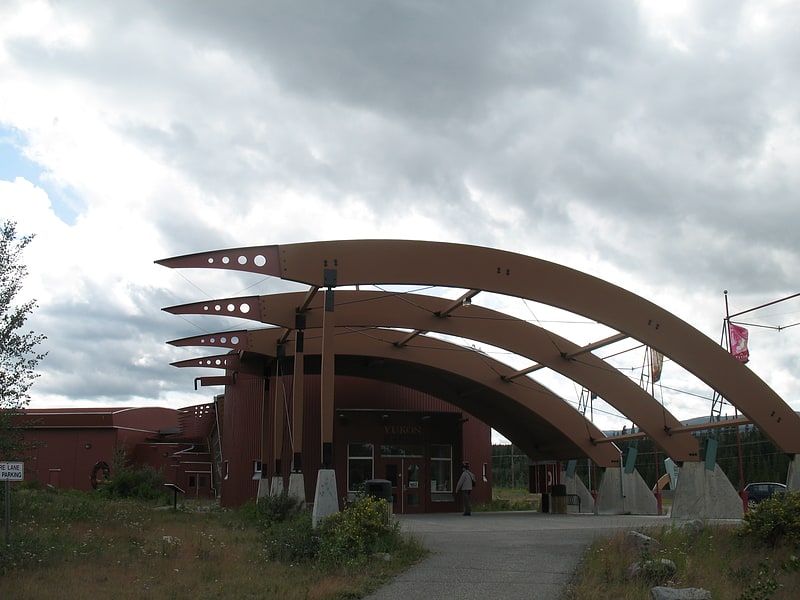
Natural history museum in Whitehorse, Canada. The Yukon Beringia Interpretive Centre is a research and exhibition facility located at km 1423 on the Alaska Highway in Whitehorse, Yukon, which opened in 1997. The focus of the interpretive centre is the story of Beringia, the 3200 km landmass stretching from the Kolyma River in Siberia to the MacKenzie River in Canada, which remained non-glaciated during the Pleistocene due to light snowfall from an arid climate. Beringia is of special interest to archeologists and paleontologists as it played a crucial role in the migrations of many animals and humans between Asia and the Americas. The term Beringia was first coined by the Swedish botanist Eric Hultén in 1937.
During Beringia's long history some animals migrated Easterly (mastodons, gomphotheres, mammoths, various members of the deer family, bison, sheep and muskoxen) others Westerly (equines, camels), and yet others reveal many episodes of dispersal (such as lemmings and voles).[2]
Address: Kilometre 1423 Alaska Highway, Y1A 2C6 Whitehorse
SS Klondike
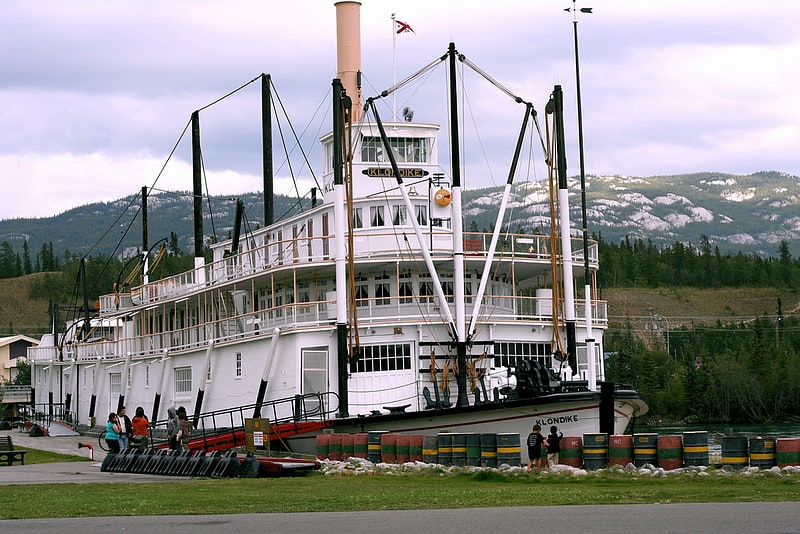
Ship. SS Klondike was the name of two sternwheelers, the second now a national historic site located in Whitehorse, Yukon, Canada. They ran freight between Whitehorse and Dawson City along the Yukon River, the first from 1929 to 1936 and the second, an almost exact replica of the first, from 1937 to 1950.
Klondike I was built by the British Yukon Navigation Company (a subsidiary of the White Pass and Yukon Route railway company) in 1929 and had the distinction of having 50% more capacity than a regular sternwheeler, while still having the shallow draft and meeting the size requirements in order to travel down the Yukon River. Klondike I had a cargo capacity of 270 metric tonnes without having to push a barge.
Klondike I ran aground in June 1936 north of 'The Thirty Mile' section of the Yukon River (at 61°40′17″N 134°52′22″W). The company salvaged the ship's boiler, engines and many fittings to build Klondike II the following year. The hull of the SS Klondike I can still be seen at low water by canoeists on the Yukon River.
Klondike II carried freight until the early 1950s. Due to the construction of a highway connecting Dawson City and Whitehorse, many Yukon River sternwheelers were decommissioned. In an attempt to save Klondike II, she was converted into a cruise ship. The venture shut down in 1955 due to lack of interest, and Klondike II was left on the ways in the Whitehorse shipyards.
The ship was donated to Parks Canada and was gradually restored until 1966, when city authorities agreed to move the ship to its present location, at that time part of a squatters' area. The task required three bulldozers, eight tons of Palmolive soap, a crew of twelve men, and three weeks to complete. Greased log rollers eased the process.
On 24 June 1967, the SS Klondike was designated a National Historic Site of Canada, and she is now open during the summer as a tourist attraction.[3]
Address: Whitehorse, Yukon, Whitehorse
Yukon Transportation Museum

Museum, Specialty museum
Address: 30 Electra Cres, Y1A 0M7 Whitehorse
Copperbelt Railway & Mining Museum
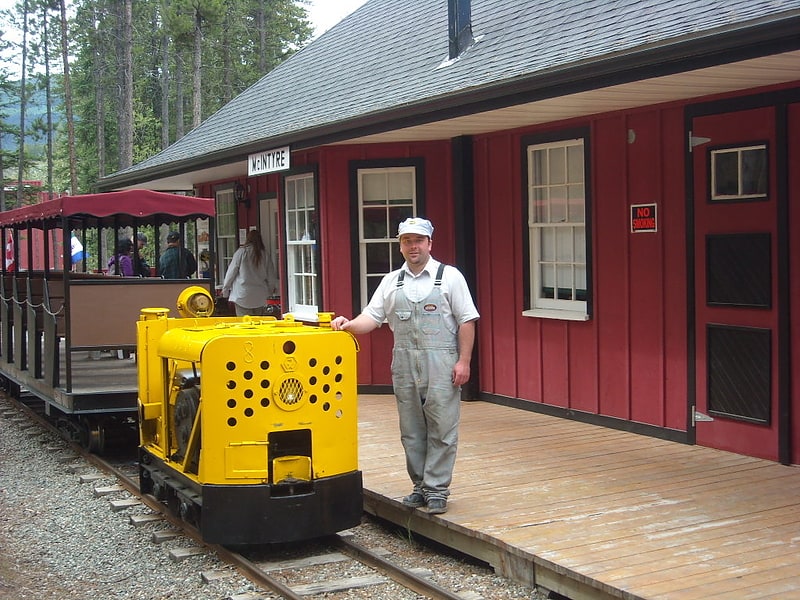
The MacBride Copperbelt Mining Museum formally the Copperbelt Railway & Mining Museum is run by the Miles Canyon Historic Railway Society, which consists of a board of six members. The objectives of the society are to: a) To preserve, promote and to protect the railway heritage of the Yukon; b) To develop and operate the Waterfront Trolley; c) To develop and operate the Copperbelt Railway & Mining Museum; and d) To promote and enhance tourism development in the city of Whitehorse and the Yukon.
The eight hectare parcel of land that the CR&MM is located at was provided by the Yukon Electrical Company in 1998. Construction on the first loop section of narrow gauge track began the same year, further sections were added in subsequent years with a 1.8 km figure eight configuration that is in operation as of 2011.
The museum is located at 91928 Alaska Highway - two kilometres north of Two Miles Hill. The museum itself was built from blueprints to replicate a train station built in 1906. The museum is open 7 days a week, from 10am – 5pm starting in early June to Labour Day weekend in September. It is a non-profit museum that relies on government funding and donations from tourists and patrons.
The Whitehorse Waterfront Trolley is also managed by the MCHRS on behalf of the Yukon Territorial Government.[4]
Address: 919 28 Alaska Hwy, Whitehorse
Yukon Legislative Building
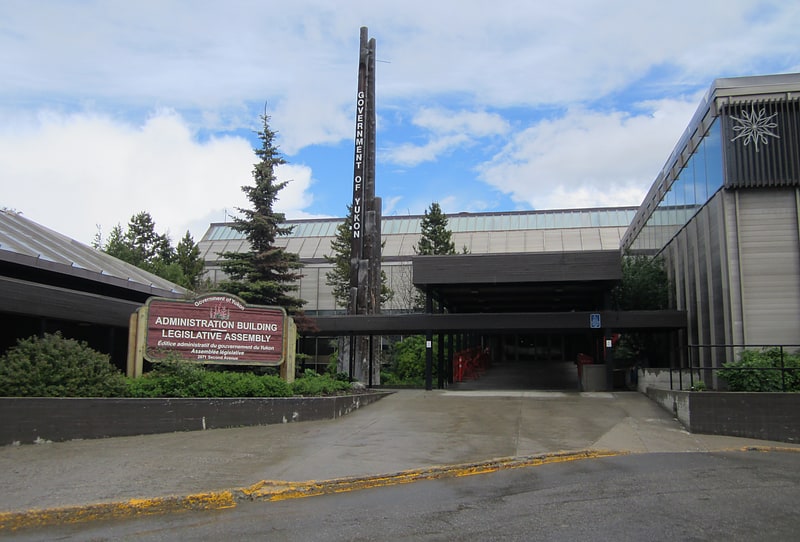
Building in Whitehorse, Canada. The Yukon Legislative Building is home to the Yukon Legislative Assembly. Located in Whitehorse, Yukon, the building is a three-storey white steel-clad structure. The complex is located next to the Yukon River and Rotary Park.[5]
Address: 2071 2nd Ave, Y1A 1B2 Whitehorse
Kwanlin Dün Cultural Centre

Museum, Specialty museum, Art gallery
Address: 1171 Front St, Y1A 0G9 Whitehorse
MacBride Museum of Yukon History
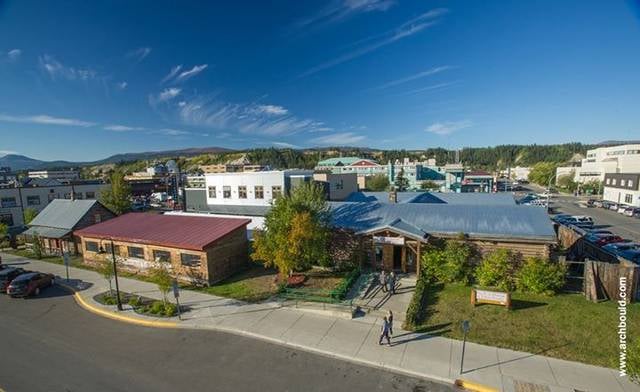
Museum, Natural history museum, History museum
Address: 1124 Front St, Y1A 1A4 Whitehorse
Yukon Historical and Museums Association
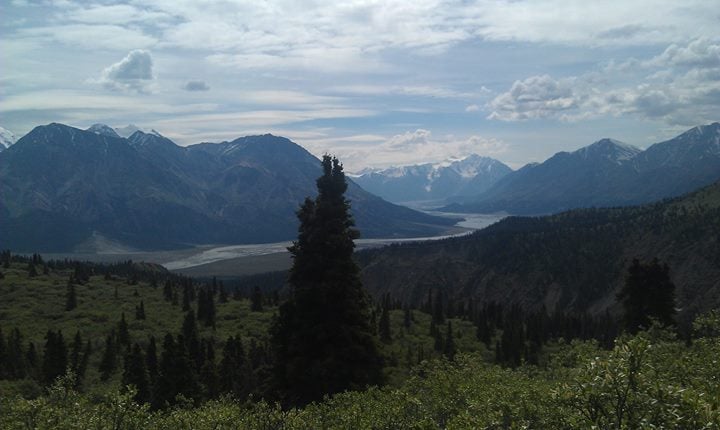
Museum
Address: 3126 Third Avenue, Whitehorse
Yukon University
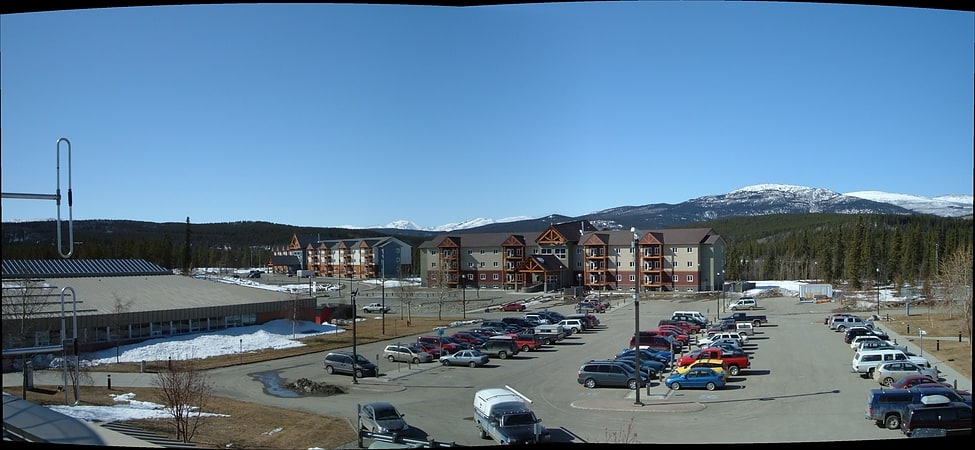
University in Whitehorse, Canada. Yukon University is a public university in the Canadian territory of the Yukon. The university main campus is based in Whitehorse, although the institution also operates 12 campuses throughout the territory. The university confers bachelor's degrees, diplomas, certificates as well as trades and vocational training and adult basic education. The institution is currently the only university based in northern Canada.
The institution traces its origins to the Whitehorse Vocational and Technical Training Centre established in 1963; later renamed as the Yukon Vocational and Training Centre in 1965. The institution operated as a post-secondary education centre, providing vocational training for its students. During the 1980s, the institution was reorganized as a college. The institution operated as Yukon College until the institution was reorganized into a university in 2020, the first university in any of Canada's northern territories.[6]
Address: 500 College Drive, Whitehorse